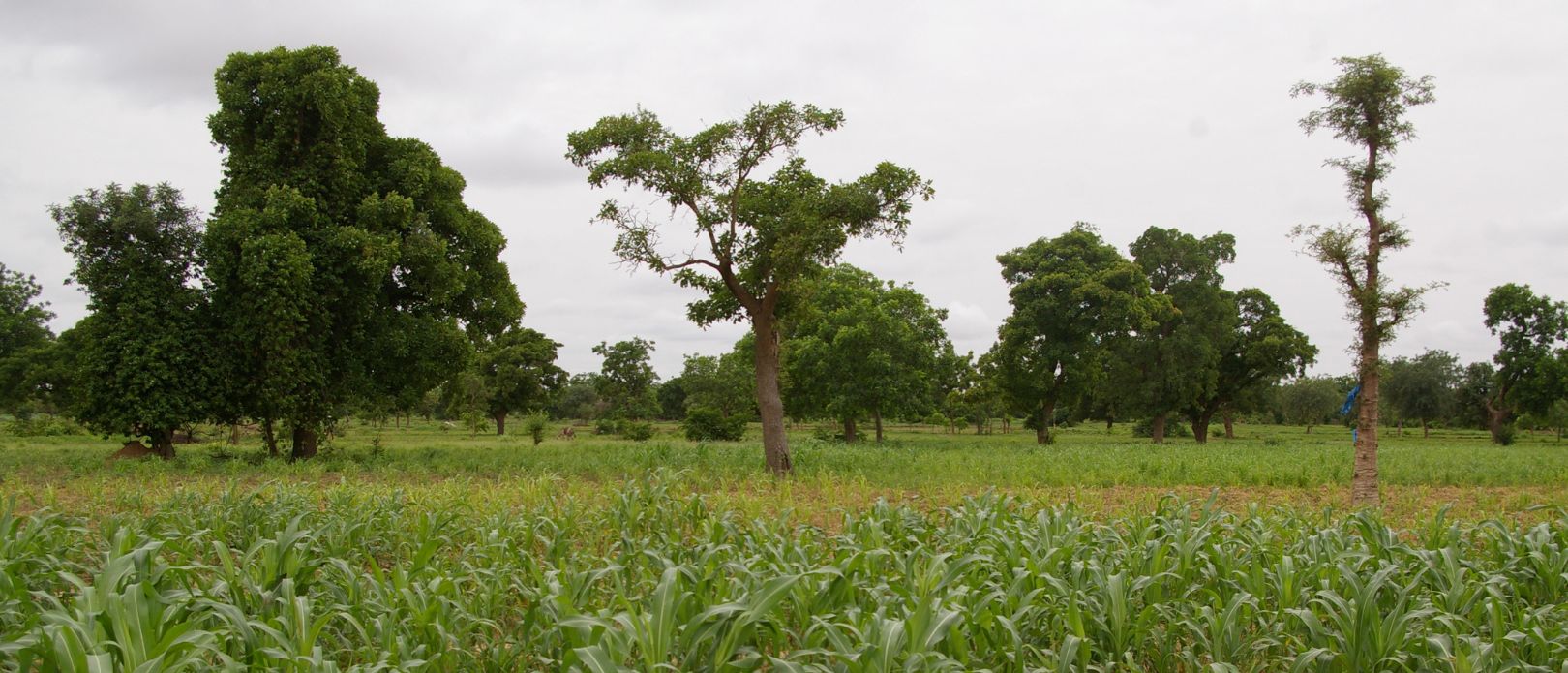Ecosystem services in Sahelian village landscapes 1952–2016: estimating change in a data scarce region
Summary
Burkina Faso and the wider Sahel region have experienced substantial changes in rainfall, population, and landscape use. These changes have altered ecosystem services, the benefits that people receive from ecosystems, and rural livelihoods. However, it is difficult to assess the magnitude of these changes because of missing and fragmented social, agricultural, and ecological data. We estimated changes in 10 key provisioning ecosystem services in rural Burkina Faso between 1952 and 2016. We used a simple model of plausible social-ecological changes to make a historical extrapolation that bridges these data gaps, and assessed historical changes. Our approach combined the interpretation of historic aerial photographs and satellite images, with field observations and interviews. We applied the approach for six villages in two administrative regions for six points in time. We modeled the use of historic ecosystems by analyzing a range of estimates of changes in the generation of each service and its value to people. We found that cultivated ecosystem services have increased 1.5–23 times over the study period, while the non-cultivated ecosystem services firewood, construction material, and medicine have decreased to 66–20% of their previous values. Per capita production of cultivated ecosystem services has remained relatively stable, while the per capita production of all other ecosystem services has decreased, to 54–11% of their 1952 values. Although alternatives are available for some ecosystem services, such as medicine and construction material, there are currently limited alternatives available for other services, such as firewood. Decline in wild food availability and consumption is likely to reduce the nutritional value of rural people’s food. Our analysis of changes demonstrates that shrubs and trees on fields generate many ecosystem services that are key to rural livelihoods, and that efforts to enhance crop yields should maintain shrubs and trees. Our approach for estimating historical ecosystem services may also be useful to apply in other data scarce regions.







